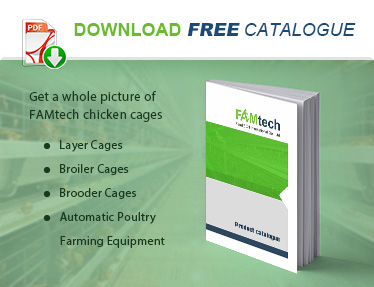What to Look for When Buying Stackable Quail Cages Online
In the modern breeding industry, stackable quail cages are increasingly favored by family breeders and small and medium-sized farms due to their efficient space utilization and modular structure. Purchasing such equipment online is not only convenient and offers more choices, but also easier to obtain high-quality products from overseas manufacturers than offline.
However, online purchases also have problems such as opaque information and difficulty judging product quality. Therefore, this article will explain in detail the key factors you should pay attention to when purchasing stackable quail cages to help you make wise decisions.
Material and structural stability
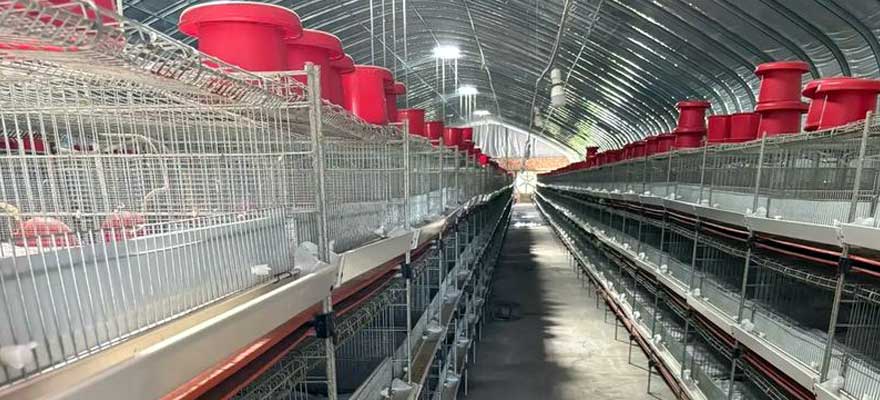
Stackable quail cages usually use a wire mesh structure, and different materials directly affect their durability and service life. Common materials include:
Galvanized steel wire: strong rust resistance, suitable for conventional indoor breeding.
Stainless steel: better corrosion resistance, suitable for environments with high humidity or close to water sources, but the price is relatively high.
PVC-coated steel wire: smoother feel, anti-adhesive feces, suitable for home breeding or users who pay attention to cleanliness.
Structurally, attention should be paid to whether the cage has a stable stacking support system, such as column reinforcement, positioning pins, etc., to avoid tilting or shaking after multi-layer stacking.
Size specifications and space utilization
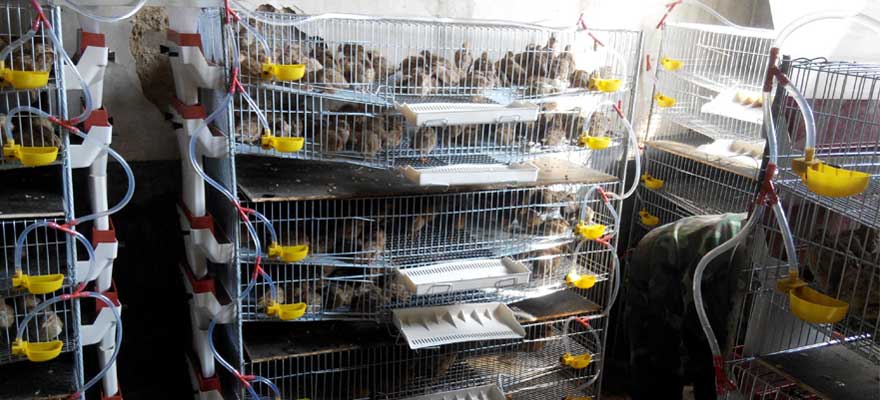
The cage sizes provided by different manufacturers may be different. Before purchasing, you should consider the number of breeding, site height, and operational convenience. Common parameters include:
Single grid size: whether it is enough to accommodate 4 to 6 adult quails.
Number of layers: commonly 2 to 5 layers, and whether each layer can be independently disassembled.
Total height control: whether the combination of multiple layers is convenient for daily observation, feeding, and cleaning.
For users with limited space, the design of vertical stacking with compact structure and casters with brakes can be preferred.
Cleaning and excrement system design
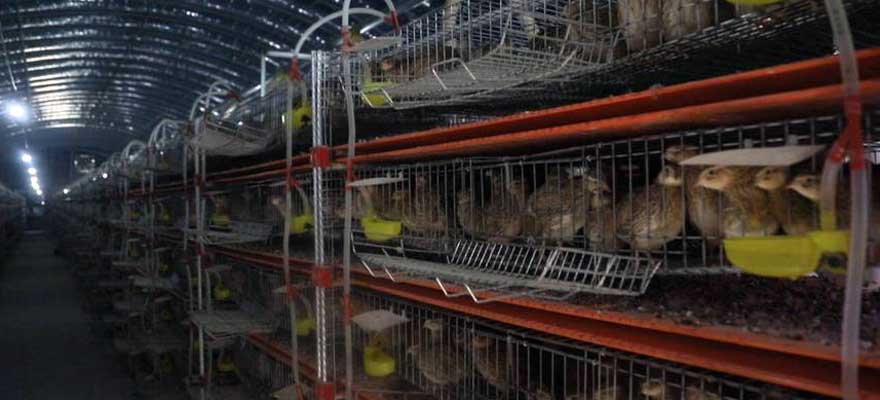
Quail excrement production is large, and the design of the sewage system directly affects the daily use experience of the cage. The ideal excrement system should have the following characteristics:
Moderate gap at the bottom of the net: it can make the excrement fall naturally without hurting the feet.
Special manure receiving plate or sliding manure tray: prevents dirt from dripping to the lower layer.
Removable design: easy to rinse and disinfect regularly.
High-quality design even supports a water-flushing quick-wash structure, saving cleaning time and reducing odor.
Drinking water and feeding system configuration
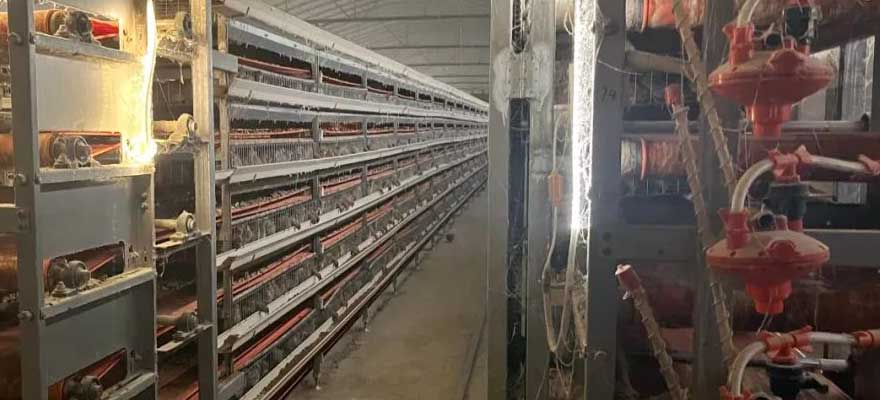
Many stackable quail cages are equipped with basic drinking water and feeding devices, but the quality and adaptability vary greatly:
Automatic waterer: Is it equipped with a nipple-type water nozzle or water bowl? Is the water flow smooth?
Feed trough capacity: Can it meet the daily feeding needs, and is it leak-proof?
Accessory location: Is it installed reasonably, and is it easy to replace and clean?
If the system does not come with accessories, it is necessary to confirm whether there are recommended selections or compatible models to reduce later procurement costs.
Transportation and installation convenience
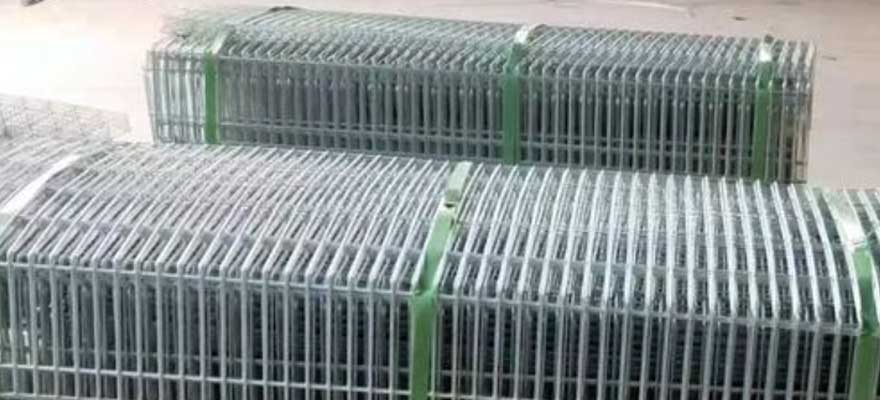
When purchasing large equipment online, the safety of packaging and transportation, and the ease of installation are equally important:
Whether to disassemble the packaging for delivery: reduce volume and reduce transportation costs.
Are the installation instructions complete? Are there graphic instructions or video tutorials?
Are installation tools included, such as screwdrivers, clips, instructions, etc.
It is recommended to give priority to models that provide pre-installed or integrated structures, especially for first-time breeders.
After-sales service and guarantee
Even if you purchase online, you should ensure that the manufacturer or platform has a basic after-sales guarantee:
- Does it provide replacement of missing parts and compensation for transportation damage?
- Is there a warranty for the entire machine or a commitment to component replacement?
- Is there English technical support or customer service communication skills (for cross-border purchases)?
Reliable after-sales service can not only improve the purchasing experience but also reflect the professionalism and responsibility of the manufacturer.
Price and cost-effectiveness analysis
The price difference of stackable quail cages on the market is large, ranging from tens of dollars to hundreds of dollars. The price usually depends on the following points:
- Material (stainless steel is more expensive than galvanized).
- Number of layers (multi-layer cages have high unit prices).
- Degree of matching (whether it comes with water lines, feed troughs, and manure receiving devices).
- Packaging and transportation costs (especially international orders).
It is recommended to start with models with complete product functions, reasonable structures, and good buyer reviews, rather than just focusing on the lowest price.
How to choose the right stackable quail cage for you?
Family or entry-level user: choose a design with fewer than 3 layers, supporting basic functions, and a compact structure.
Semi-commercial farms: give priority to models with durable materials, complete accessories, and easy installation.
Batch breeding users: consider modular expandable structures, and pay attention to after-sales service and freight guarantee.
Finally, please be sure to purchase from professional breeding equipment manufacturers or reputable e-commerce platforms to avoid affecting breeding efficiency due to inferior products.
Frequently Asked Questions (FAQ)
1. Are stackable quail cages suitable for outdoor breeding environments?
Some stackable quail cages can be used for outdoor breeding, but special attention should be paid to the following points:
- The material must be hot-dip galvanized or stainless steel with strong corrosion resistance.
- A rainproof roof or sunshade should be installed on the top.
- If in windy or rainy areas, a structure with ground fixing holes or a weighted base should be selected to ensure safety.
- The drinking water system should avoid being exposed to direct sunlight to prevent algae growth.
2. Which quail breeds are suitable for stackable quail cages?
Most commercial stackable quail cages are mainly suitable for the following breeds:
- Japanese quail (Coturnix japonica): the most common egg-laying breed.
- Bobwhite quail: The height of some models of cages needs to be adjusted.
- For meat quail breeds, such as Pharaoh or Jumbo Coturnix, you can choose cages with wider cages and higher heights.
If used for breeding quails, it is recommended to configure a single cage isolation layer for easy breeding management.
3. How many layers can a stackable quail cage be stacked at most?
This depends on the product design and the place of use:
Family or ordinary farms: It is recommended to stack up to 3~4 layers for easy observation and management.
Professional commercial farms: Some models can be stacked 5~6 layers, but they need to be combined with automated feeding and manure cleaning systems.
Too high stacking may lead to structural instability and safety hazards unless there is an industrial-grade reinforcement structure or wall support.
4. How to determine whether a quail cage system is suitable for automation upgrade?
If there is a need for expanded automation in the future, it is recommended to confirm the following reserved functions when purchasing:
- Is there a standard water line/feed line interface or slot on the cage frame?
- Does the manure discharge system support the connection of a chain-type or belt-type manure cleaner?
- Does the cage structure have installation locations for auxiliary facilities such as power supply and automatic lighting?
- Does the manufacturer provide matching upgrade components or OEM customization services?
These details are especially important for the gradual development of the breeding scale.
5. What are the vulnerable parts during the transportation of quail cages? How to prevent them?
Common vulnerable parts include:
- Plastic manure receiving board (easy to deform and break).
- Water spout or waterer card seat (plastic structure is easy to crack during transportation).
- Castors or latches (may fall off if not properly fixed).
Prevention suggestions:
- Choose sellers who provide reinforced foam or wooden frame packaging.
- Ask the seller for a description of the transportation damage protection policy before delivery.
- Immediately check the number and integrity of accessories after receiving the goods, and take photos for evidence.
6. Is the stackable quail cage suitable for young quails?
It is usually not recommended to use commercial stackable quail cages directly for newly hatched quail chicks because:
The mesh gaps at the bottom of the cage are large, which can easily trap feet or cause them to fall.
The temperature regulation ability of young quails is poor, so they need an incubator or brooding cage.
The drinking water and feeding system are not suitable for young quails.
It is recommended to use professional brooding cages for the first 7-14 days, and then transition to regular stacking cages.

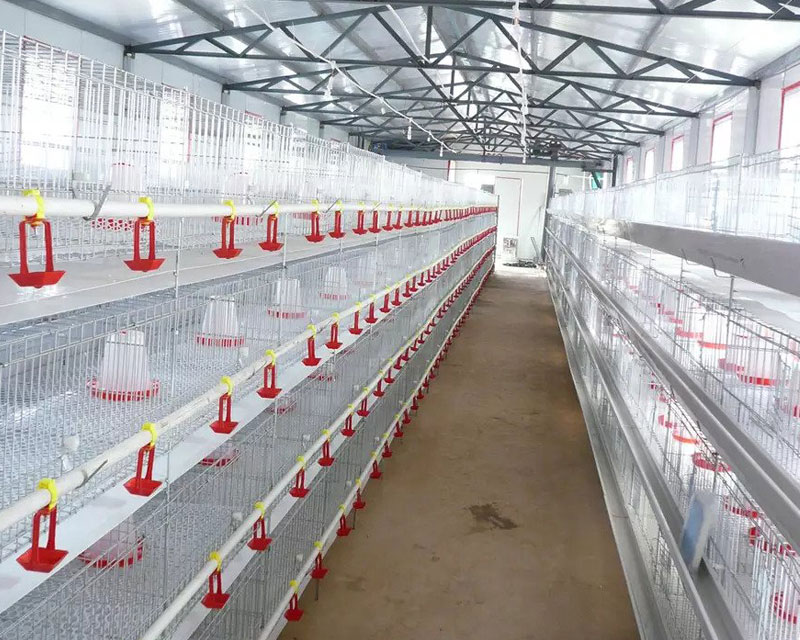 4 Tier H Type Broiler Cage Project In South Africa
4 Tier H Type Broiler Cage Project In South Africa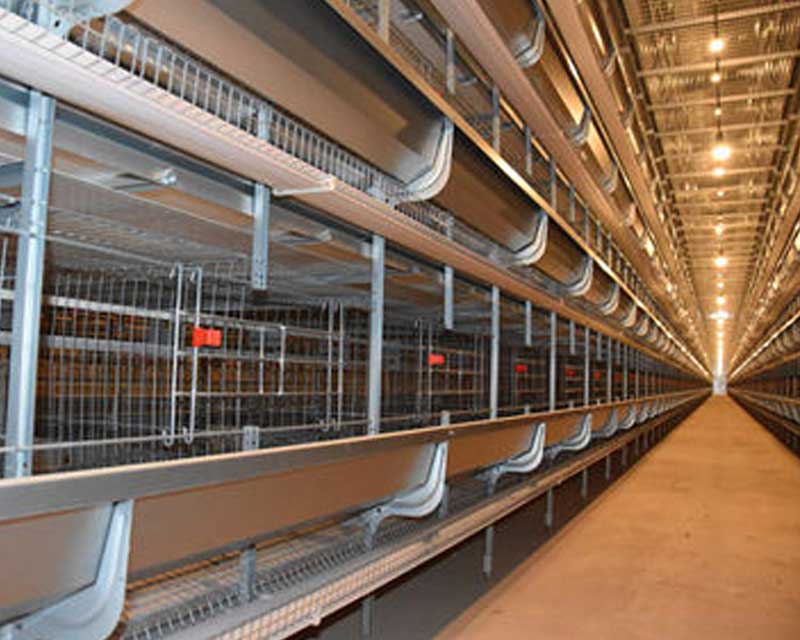 Layer Cage Project In Cuba
Layer Cage Project In Cuba H Type Layer Cage Project In Southeast Asia
H Type Layer Cage Project In Southeast Asia A Type Layer Cage Installed In West Africa
A Type Layer Cage Installed In West Africa Nigeria H Type Layer Cage Project
Nigeria H Type Layer Cage Project H Type Layer Cage Installed In Togo
H Type Layer Cage Installed In Togo